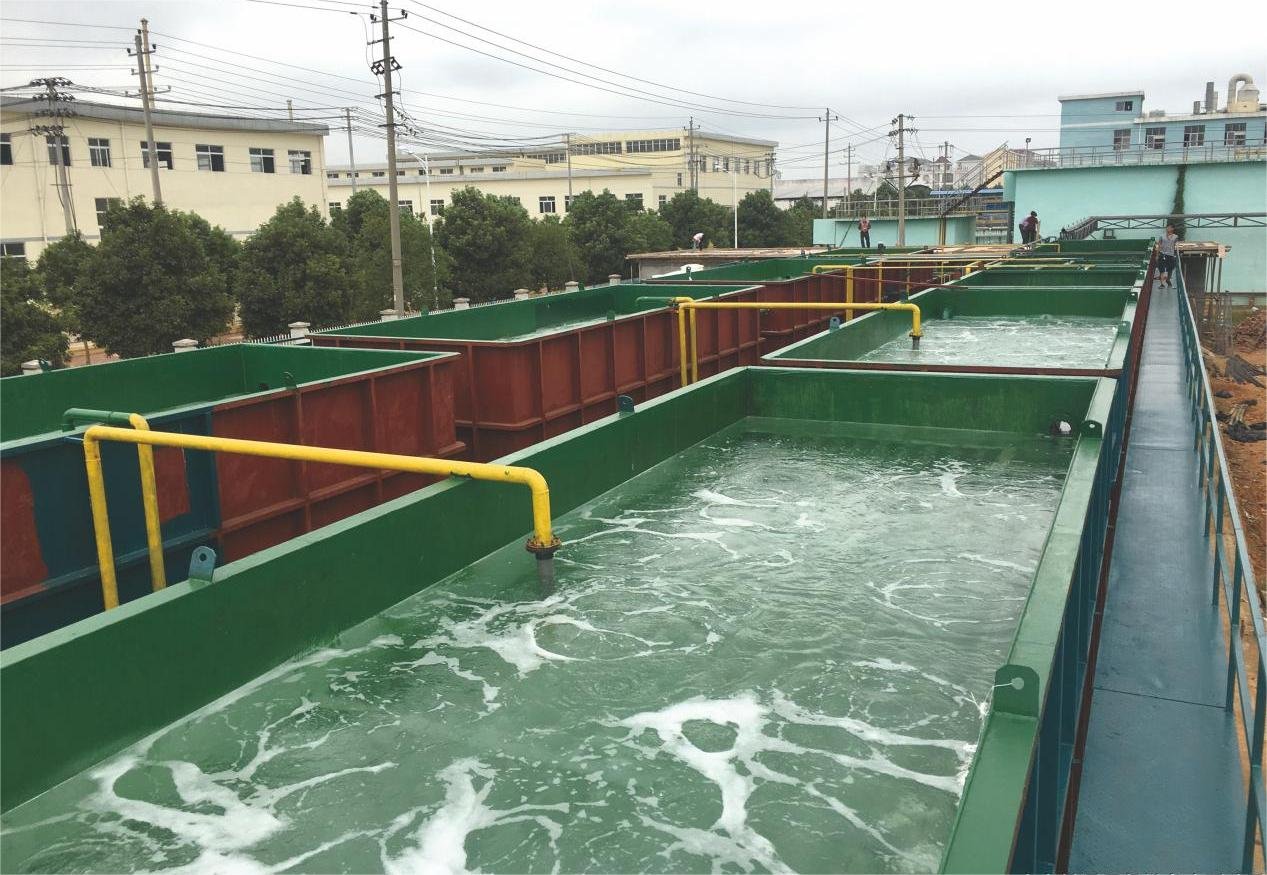Introduction
The spent liquid from MVR evaporators and triple-effect evaporators is generated during the operation of wastewater treatment systems in industries such as hazardous waste disposal, chemical engineering, food processing, papermaking, and pharmaceuticals.
Hazardous
- Reinjecting concentrated spent liquid into the original solution results in the continuous accumulation and enrichment of high-boiling point organic compounds in the spent liquid. This increases the boiling point of the wastewater due to the accumulation of high-boiling point organic compounds, making it more difficult to treat. Consequently, this leads to low evaporation efficiency, high operating costs, and in severe cases, equipment failure.
- Incinerating concentrated spent liquid requires a significant initial investment, and the combustion burner heads are prone to clogging, requiring large amounts of fuel consumption. This method is uneconomical and leads to tail gas pollution.
- Directly outsourcing hazardous waste disposal incurs high disposal costs.
- The concentrated liquid from various types of wastewater has a high concentration, posing greater environmental hazards compared to general wastewater.
Wastewater Sources:


Process
To address the challenge of treating wastewater from phosphoric acid iron and trivalent precursor materials, WSD Environmental Protection has developed a low-temperature evaporative crystallizer, which reduces energy consumption by over 50% and lowers operating costs. When wastewater from phosphoric acid iron and trivalent precursor materials undergoes pre-filtration and enters the low-temperature vacuum evaporative crystallizer, it evaporates under vacuum and low-temperature conditions. The water vapor condenses into distilled water during the vacuum extraction process, which is collected in a clean water tank. The remaining residue in the distillation kettle is collected in drums for further processing. This process significantly reduces or even eliminates harmful chemicals and heavy metals in the wastewater. The evaporation rate of the equipment can reach over 60%. Through pre- and post-treatment processes, the effluent is clear and transparent, meeting biochemical water quality standards, allowing for water reuse or discharge to meet standards. Residues are automatically discharged and transported for disposal.
Latest Technology
Advantages
1. It operates without generating harmful gas emissions or thermal pollution.
2. The system features fully automated control for seamless operation.
3. Its design is standardized, modular, and skid-mounted for easy installation and maintenance.
4. The evaporator includes automatic discharge and cleaning functions to enhance efficiency.
5. It is equipped with cloud platform management for remote monitoring and control.
6. The system supports companies in achieving zero discharge of electroplating wastewater.


